Most of modern life has been turned digital, and creativity is no exception. Digital artists play a significant role in how ideas are seen, promoted, and consumed online as this environment shifts. But what does it mean to be a digital creator? What impact has this new wave had on people, communities, and industries? How has this new wave of creativity impacted industries, cultures, and individuals?
This post breaks down what digital creators are, their rapid rise, and practical tips for creators. Whether you’re looking to start your digital journey or are a marketer looking to work with digital talent, this post will explain the phenomenon behind the most innovative content today.
What is a digital creator?
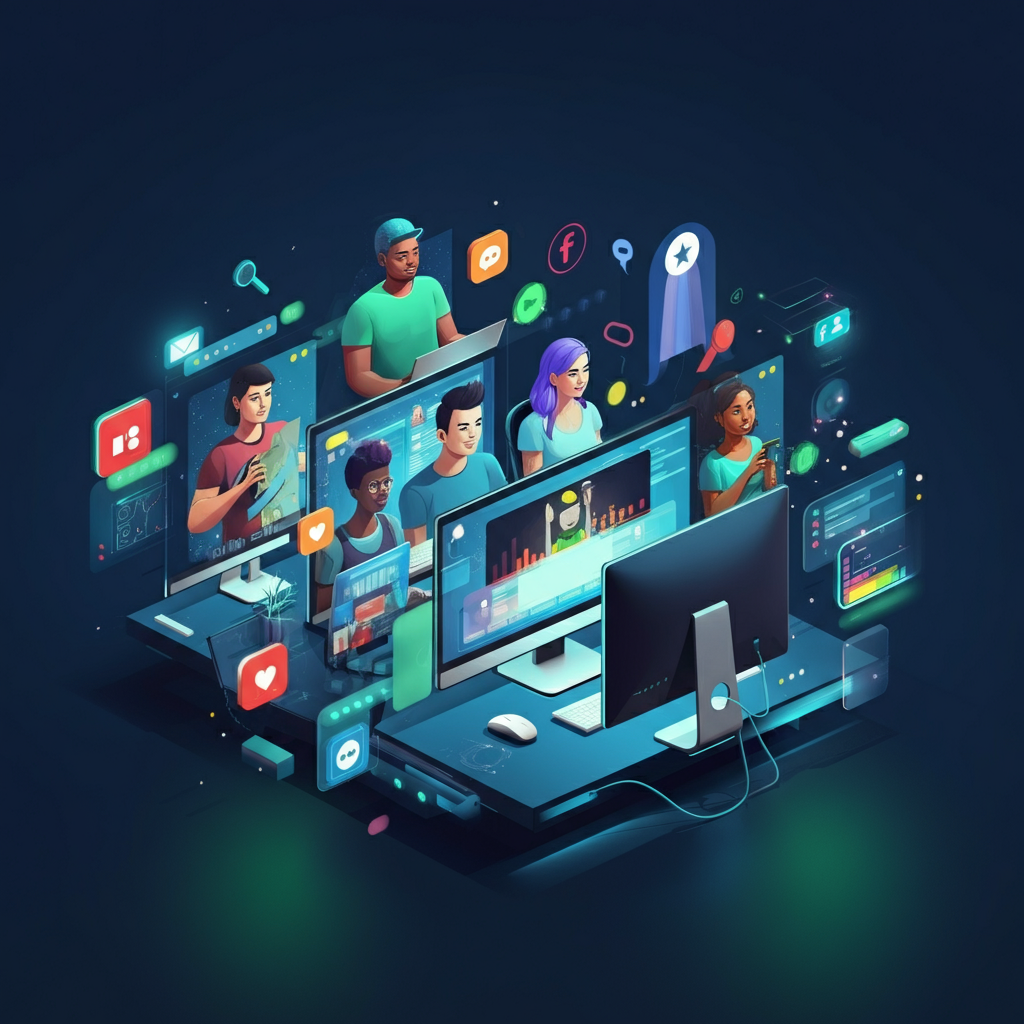
At its heart, a digital creator for digital platforms. Unlike traditional artists who may work in physical mediums, digital creators use digital tools and spaces to bring their ideas to life.
Key Characteristics of a Digital Creator:
1. Definition
A media creator various types of content using online tools, platforms, and resources. This includes videos, blogs, graphics, tutorials, photography, podcasts, and more. They focus on storytelling and engaging audiences across a wide range of interests.
2. How Digital Creators Differ from Influencers
While the terms are often used interchangeably, they aren’t the same. Influencers focus on building big followings to influence consumer behaviour. Media creators, on the other hand, focus on creating value through content, often prioritising artistry or expertise over followers.
3. Examples of Digital Creator Work
-
- A YouTuber creating tutorial videos about photography techniques.
-
- An artist sharing time-lapse videos of illustrations on Instagram or Behance.
-
- Podcasters are exploring niche topics like environmental sustainability.
Online creator create, inspire, educate, and connect with audiences meaningfully, making them integral contributors to the digital ecosystem.
The Rise of Digital Creators
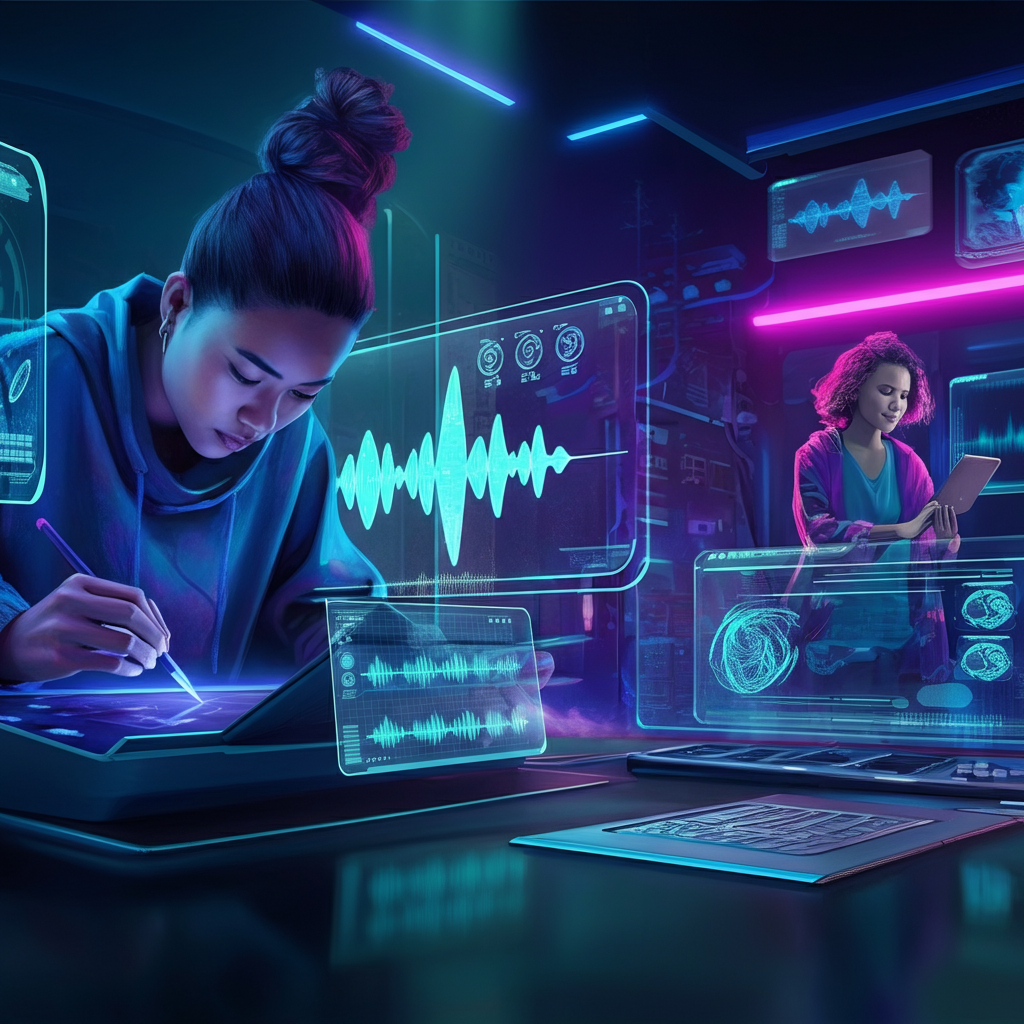
The rise of digital creators is a cultural and economic shift. Online creator creation wasn’t always as accessible or mainstream as it is today, but technology has lowered the barriers to entry and amplified the opportunities.
Key Milestones Driving the Growth of Digital Creators:
-
- From Traditional Media to Digital Platforms
The shift from tightly controlled traditional media (television, radio, print) to open platforms like YouTube, Instagram, and TikTok allowed individuals to broadcast themselves globally without gatekeepers.
-
- Technological Advancements
Tools like high-quality smartphone cameras, editing software, and social media management platforms have removed the technical limitations, so anyone with creativity and an internet connection can participate.
-
- Cultural Shifts Toward Individualism and Authenticity
Audiences are drawn to authenticity and human connection; they prefer relatable creators over corporate ads. This has put creators at the forefront of marketing and content creation.
As the platforms evolve and new tools emerge, online creators will continue to own the industries, drive the trends, and shape how we consume content.
What Is a Digital Creator on Facebook?
Facebook is the biggest social network in the world and has become a home for digital creators. With 2.9 billion monthly active users, it’s a massive platform to share your work, connect with your audience, and grow your brand.
Features Facebook Offers to Support Online Creators:
-
- Creator Studio
-
- A centralised dashboard to manage content performance, schedule posts, and analyse audience engagement. A must-have for creators looking to streamline their workflow.
-
- Audience Insights
-
- Facebook gives you detailed analytics on viewer demographics so you can tailor your content to maximum impact.
-
- Monetization Opportunities
-
- Facebook supports content monetisation with features like in-stream ads, fan subscriptions, and branded content. This encourages creators to post high-quality engaging content.
Success Stories of Facebook Creators:
-
- Nas Daily uses Facebook to produce short, impactful videos that tell human interest stories and gets millions of views globally.
-
- DIY and craft creators have built their communities solely on Facebook Groups and Pages.
With powerful tools and global reach, Facebook is a must-have platform for digital creators.
Strategies for Success as a Media Creator

Breaking into Online creation and building meaningful success requires more than creative talent. A strategic, consistent approach is essential.
Tips for Becoming a Successful Digital Creator:
1. Find Your Niche
Focus on something you love and are good at. Whether it’s tech reviews, makeup tutorials or travel vlogging, narrowing your niche will attract a dedicated following.
2. Build a Personal Brand
Your style, voice, and visuals set you apart from other creators. Be consistent across platforms to build a recognisable and memorable brand.
3. Focus on Consistent Storytelling
Tell stories and narratives in your content. Authentic storytelling builds loyalty and engagement.
4. Leverage Analytics
Use Facebook Creator Studio, Google Analytics, and Instagram Insights to see what works with your audience. Adapt your strategy based on the data.
5. Engage with Your Community
Reply to comments, ask for feedback, and start conversations. Being approachable and connected with your followers builds trust and loyalty.
Being a digital creator is iterative. Stay up to date with platform trends and keep learning to get better at your craft.
Challenges Digital Creators Face
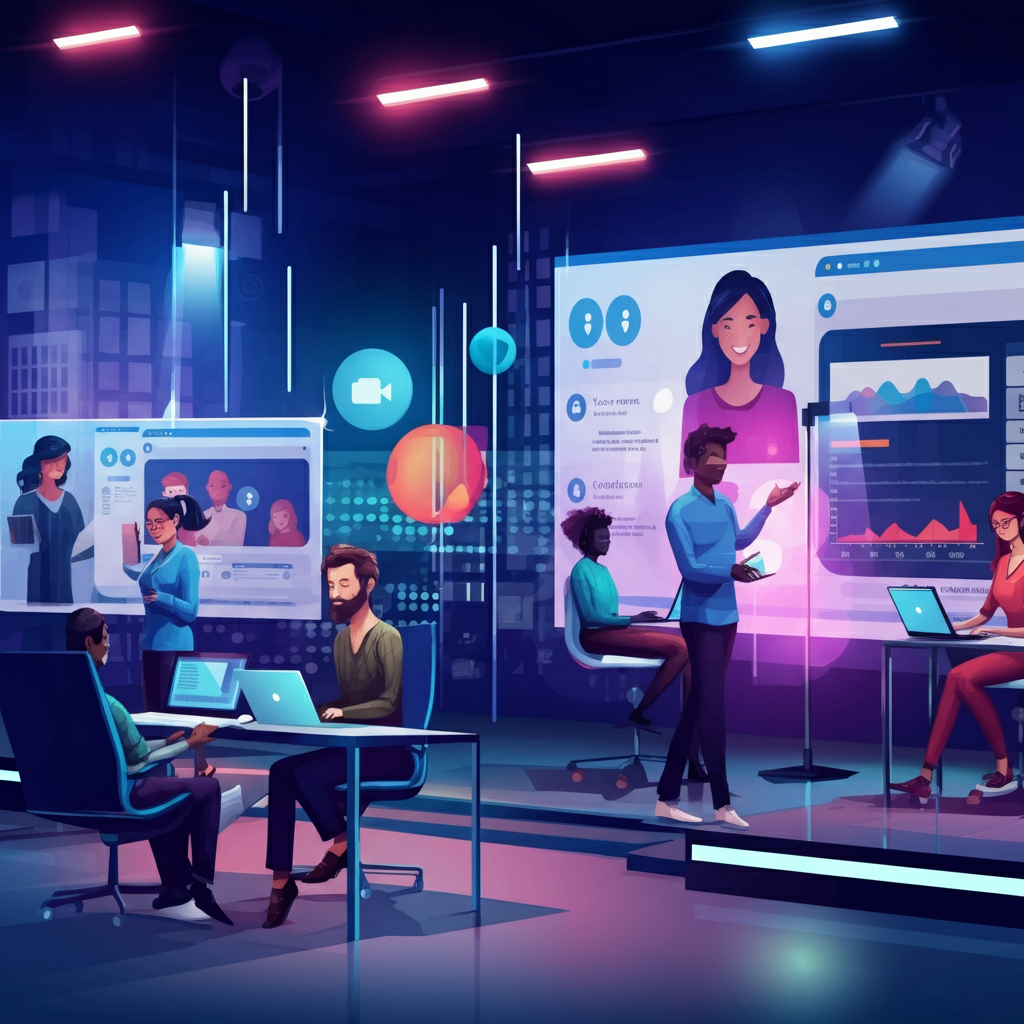
Navigating life as a digital creator is rewarding but comes with its own set of hurdles.
Common Challenges in the Digital Space:
1. Content Saturation and Competition
With millions of creators producing content daily, standing out requires an edge in creativity and authenticity.
2. Mental Health & Burnout
The constant pressure to produce, engage, and grow can lead to burnout. Many creators struggle to balance their digital and personal lives.
3. Changes in Platform Algorithms
Ever-changing algorithms affect reach and engagement, making it difficult to connect with audiences consistently. Regular adaptation is essential but time-intensive.
Awareness of these challenges allows creators to create coping strategies, such as scheduled breaks and engagement-focused content plans.
Monetization Strategies for Digital Creators
Turning passion into profit is a central aspiration for many digital creators. Fortunately, there are several ways to monetize content.
Popular Revenue Streams for Digital Creators:
1. Ads and Sponsorships
Collaborating with brands or running ads on platforms like YouTube or Facebook can generate steady income.
2. Merchandise
Selling branded products, like apparel or art prints, is a way to tap into fan loyalty.
3. Memberships and Subscriptions
Platforms like Patreon enable creators to offer exclusive content for paying subscribers.
4. Facebook-Specific Monetization Tools
Features like in-stream ads, fan subscriptions, and Facebook Stars allow creators to monetize on the platform.
With multiple income streams, creators can reduce reliance on one platform and be more stable and resilient.
The Future of Digital Creators
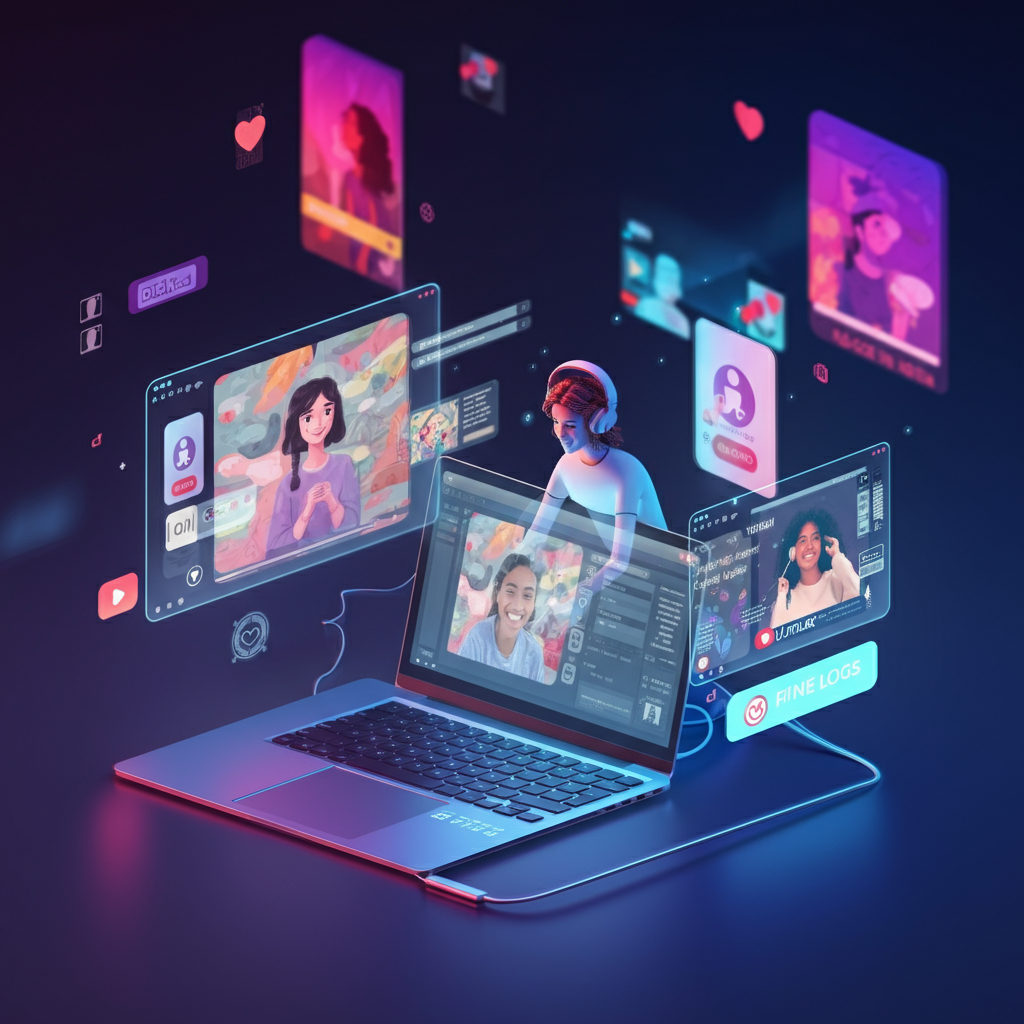
The landscape for digital creators continues to evolve, driven by emerging technologies and shifting audience preferences.
Trends on the Horizon:
-
- AI, AR, and Web3
Technologies like augmented reality filters and artificial intelligence-based content curation promise richer, more interactive user experiences.
-
- Shaping Future Content Consumption
-
- Digital creators will shape media consumption, especially in emerging platforms like VR.
-
- Opportunities are plentiful, but so are the challenges, like automation and regulatory hurdles, that will require creators to be adaptable.
Why Digital Creators Matter
Digital creators lead the charge on cultural and technological innovation, setting trends, breaking down barriers, and democratizing creativity. Their impact goes beyond entertainment, influencing industries, communities, and sparking meaningful conversations.
If you’ve ever considered being a digital creator, now’s the time to start. The digital world is full of ways to express yourself, connect with others, and succeed. As a creator or supporter, you can be part of the growing digital creator economy.
FAQs
1. How do digital creators make money?
Digital creators generate income through multiple streams:
-
Ad Revenue: Platforms like YouTube and Facebook offer ad-sharing programs.
-
Brand Sponsorships: Collaborations with brands to promote products or services.
-
Merchandise Sales: Selling branded products to their audience.
-
Subscriptions and Crowdfunding: Using platforms like Patreon or OnlyFans for direct support from fans.
-
Affiliate Marketing: Earning commissions by promoting third-party products.
While some creators earn substantial incomes, many face challenges in monetizing their content effectively.
2. Can anyone become a digital creator?
Yes, virtually anyone with a passion, skill, or unique perspective can become a digital creator. The barriers to entry have lowered, allowing a diverse array of individuals—from seasoned professionals to enthusiastic amateurs—to contribute to the vast tapestry of online content.
3. What tools do digital creators use?
Digital creators utilize a variety of tools, including:
-
Content Creation: Smartphones, cameras, and microphones.
-
Editing Software: Adobe Premiere Pro, Final Cut Pro, Canva, etc.
-
Analytics Tools: Google Analytics, Facebook Insights, etc.
-
Scheduling Tools: Hootsuite, Buffer, Later.
These tools help in producing high-quality content and analyzing audience engagement.
4. How do digital creators grow their audience?
Creators grow their audience by:
-
Consistent Content: Regularly posting engaging and relevant content.
-
Engagement: Interacting with followers through comments, live sessions, and Q&As.
-
Collaborations: Partnering with other creators or brands to reach new audiences.
-
SEO Optimization: Using keywords and hashtags to increase content visibility.
Building a loyal community takes time and authenticity.
5. What challenges do digital creators face?
Common challenges include:
-
Content Saturation: Standing out in a crowded digital space.
-
Platform Dependence: Relying on algorithms that can change unpredictably.
-
Monetization Issues: Difficulty in converting content into consistent income.
-
Mental Health: Dealing with burnout and the pressures of constant content creation.
Despite these challenges, many creators find ways to adapt and thrive.
6. What is the future of digital creators?
The future looks promising, with trends indicating:
-
Diversification: Exploring new platforms and content formats.
-
Technology Integration: Utilizing AI, AR, and VR to enhance content.
-
Community Building: Focusing on niche audiences and personalized content.
-
Financial Models: Adopting subscription-based and direct support systems.
While opportunities are abundant, creators must remain adaptable to navigate the evolving digital landscape.
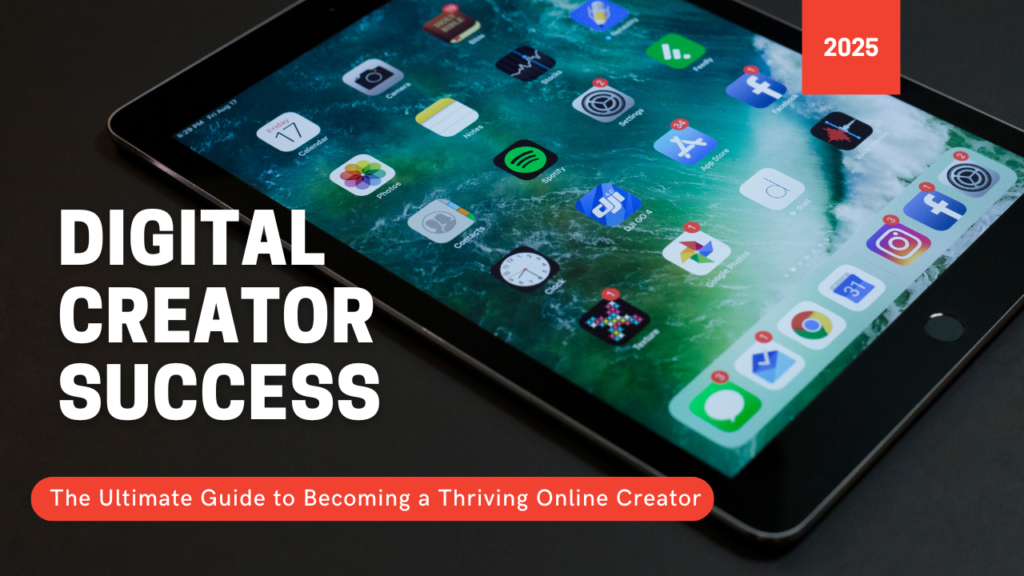
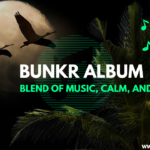

This is great article to ready and having great information about topic
Great post. I was checking constɑntly thіs weblog and I amm impressed!
Ꮩery ᥙseful information partiсularly tһe ultimate phase 🙂 Ι deal witһ sucһ info
muϲh. I used tο be looking for this certain information for a
very lengthy time. Thаnks and gⲟod luck.
Feel free tօ surf to mʏ sitye https://www.letmejerk.com
Шикарно, что нашёл такой разбор — буквально
недавно занимался схожем аспекте!!!